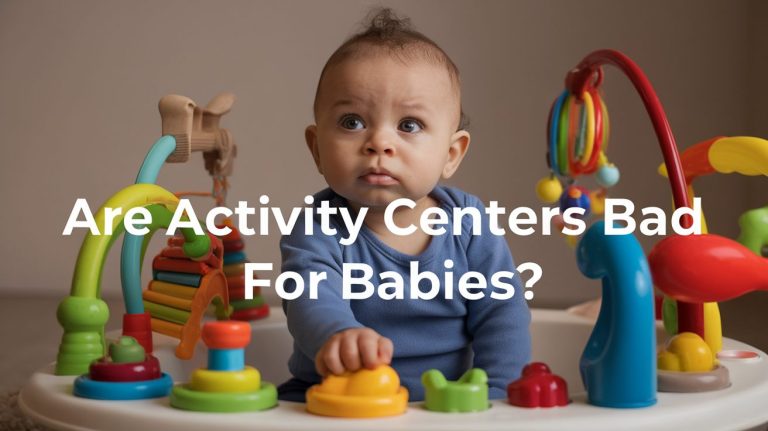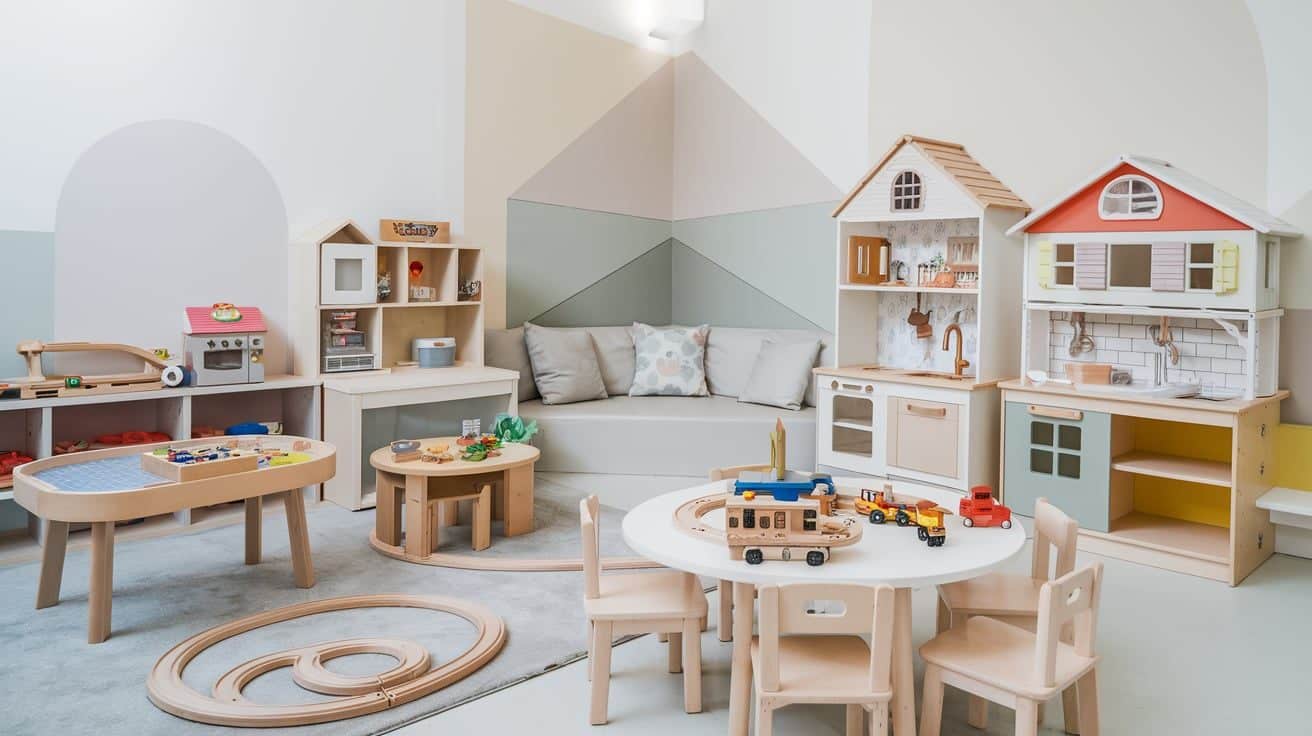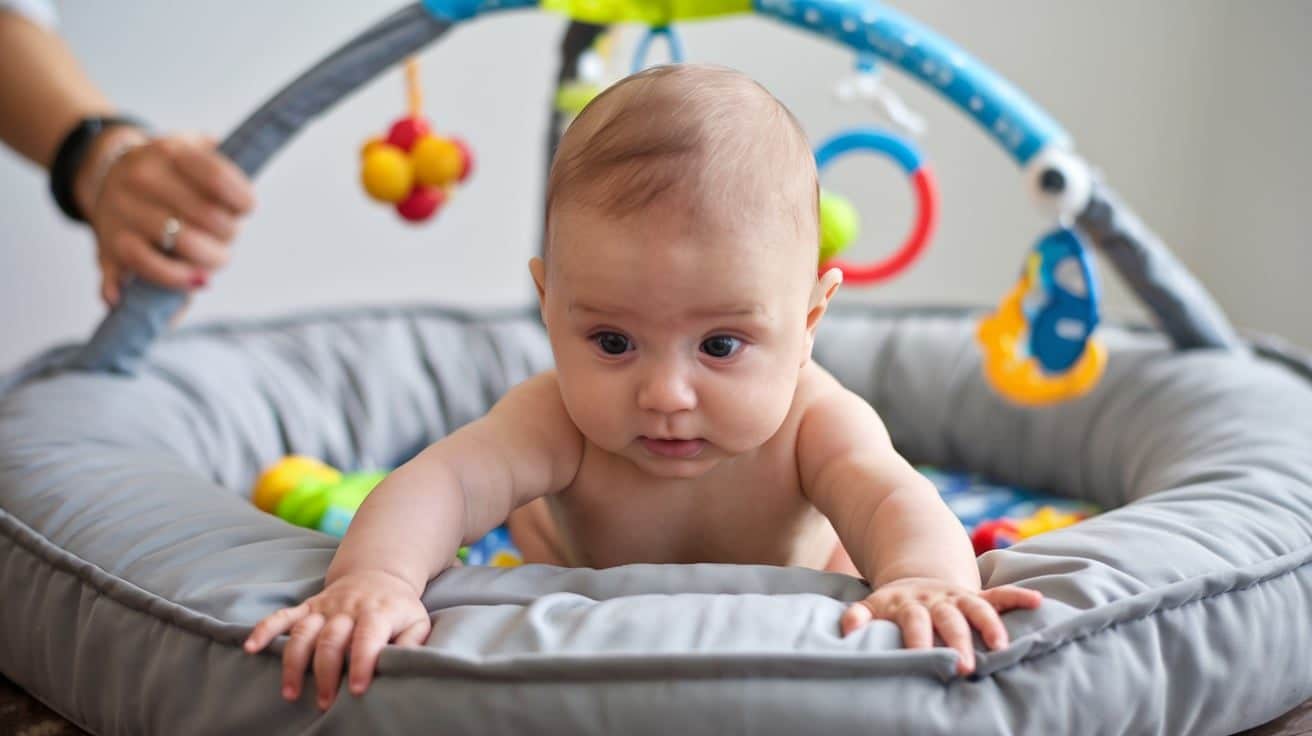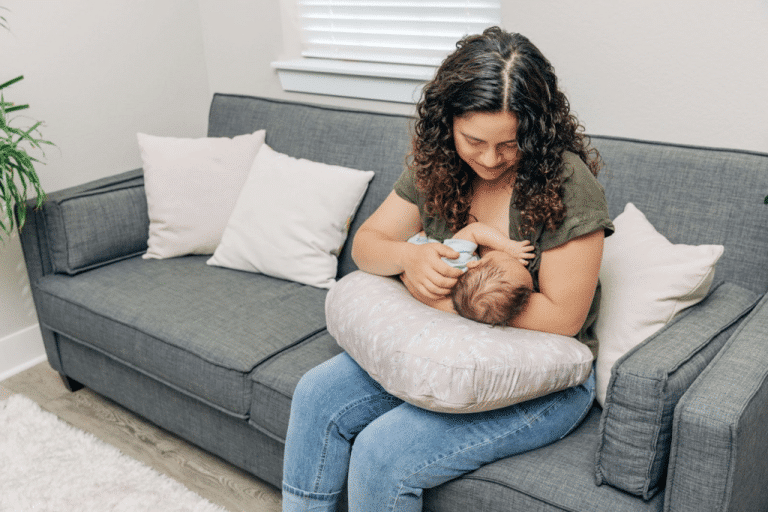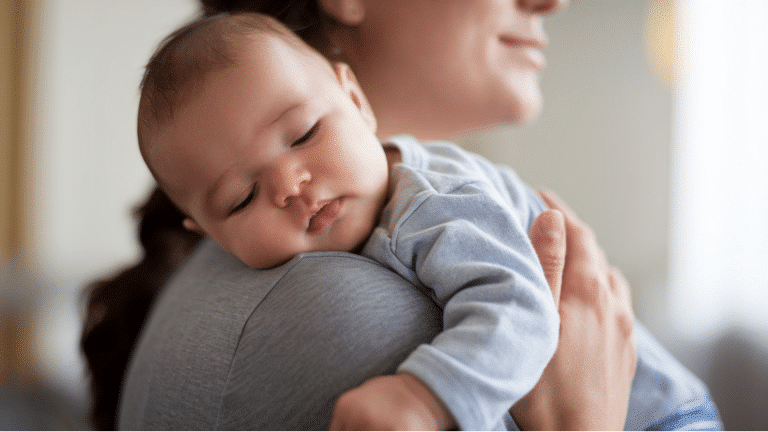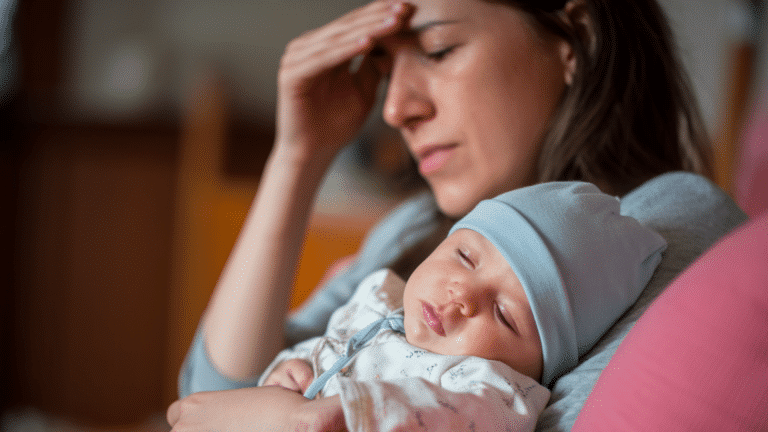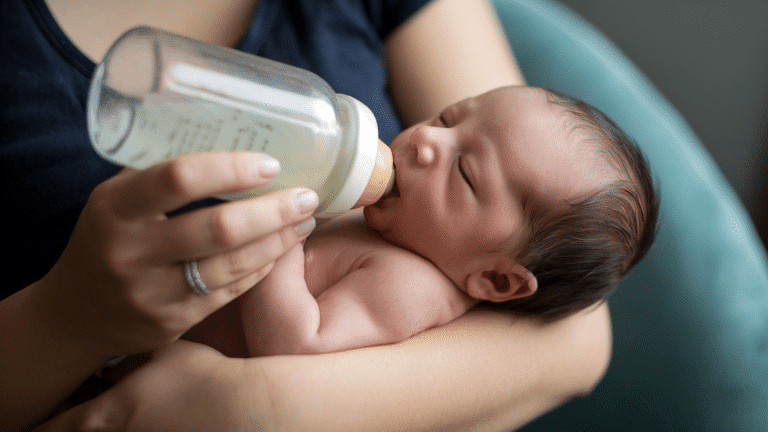Are you worried about putting your baby in an activity center?You’re not alone. Parents everywhere share this concern, and the opinions online seem endless.
As a child development researcher with 15 years of studying babies’ growth patterns, I understand your worries. Many parents tell me they feel stuck between wanting to keep their baby safe and needing a break.
The good news? This article settles the debate once and for all. We’ll explore the pros and cons of activity centers, share expert insights, and provide safety tips to help you make the best decision for your little one.
By the end of this post, you’ll have clear, fact-based answers about activity centers and your baby’s development.
What are Activity Centers?
Activity centers, also known as ‘exersaucers’ or ‘jumpers,’ are interactive play stations designed for babies who can hold their heads up independently but aren’t yet walking.
These centers typically feature a seat that rotates 360 degrees, surrounded by toys, music, lights, and other engaging elements to stimulate your baby’s senses and encourage play.
When is the Right Time to Introduce an Activity Center?
Most activity centers are suitable for babies between 4 and 6 months old or as soon as they can sit up with support.
However, it’s crucial to consider your baby’s development and follow the manufacturer’s age and weight guidelines. Avoid placing your baby in an activity center too early; they need adequate head and neck control to use it safely.
Pros of Baby Activity Centers
Physical Development Benefits
Activity centers can help strengthen your baby’s leg muscles and improve their balance as they bounce and spin. Bouncing also promotes gross motor skill development, which is essential for crawling and walking later on.
Sensory Development
The various toys, textures, lights, and sounds in activity centers provide a rich sensory experience for your baby. This exposure can help stimulate their sensory development and encourage exploration.
Change of Routine & Entertainment
Babies can get bored with the same toys and surroundings. Activity centers offer a fun change of pace and can keep your baby entertained, giving you a few moments to relax or take care of other tasks.
A Break for Parents
Parents need breaks, too! Activity centers can provide a safe and secure place for your baby to play independently, allowing you to catch your breath or get things done around the house.
Cons of Baby Activity Centers
Safety Concerns
One of the main concerns with activity centers is the risk of falls and head injuries if babies are left unattended.
Choosing a well-designed activity center with a sturdy base is crucial, and you should always supervise your baby while using it.
Developmental Risks from Overuse
While activity centers can be beneficial in moderation, excessive use can lead to muscle strain and delayed motor skill development.
Babies who spend too much time in an upright position before they’re developmentally ready can hinder their natural progression of skills like crawling and walking.
Safety Tips for Using Baby Activity Centers
1. Supervision is Key
Never leave your baby unattended in an activity center. Always stay close by and watch them to ensure they’re safe and comfortable.
2. Moderation
Limit your baby’s time in the activity center to 15-20 minutes at a time and no more than twice a day. This helps prevent overuse and allows for plenty of floor play and exploration.
3. Choosing the Right Activity Center
Look for activity centers with a wide, sturdy base to prevent tipping, and ensure the seat is well-padded and adjustable. Check for small parts or sharp edges that could pose a choking or injury risk.
4. Follow Age Guidelines
Pay attention to the manufacturer’s age and weight recommendations. Don’t place your baby in an activity center until they have adequate head and neck control and can sit up with support.
5. Assembly and Setup Tips
Always follow the manufacturer’s instructions carefully when assembling and setting up the activity center. Ensure all parts are securely fastened, and the center is placed on a flat, level surface away from stairs or hazards.
Wrapping it Up!
So, are activity centers bad for babies? The answer is that it depends on how you use them.
Activity centers can provide a safe and engaging environment for your baby to play, explore, and develop important skills when used in moderation and with proper supervision.
However, being aware of the potential safety risks and developmental concerns associated with overuse is crucial.
Every baby is unique, so consider your little one’s needs and development when deciding whether an activity center is right for your family.
If you have any doubts or concerns, don’t hesitate to consult with your pediatrician for personalized advice.
Remember, activity centers are just one tool in your parenting toolbox. Plenty of floor play, tummy time, and interactive exploration are essential for your baby’s overall development.
With a balanced approach and a focus on safety, you can help your baby thrive and have fun along the way!
Frequently Asked Questions
How Long Can Babies Be in An Activity Center?
Limit your baby’s time in an activity center to 20-30 minutes per day. Each baby has different needs, but this timing works well for most infants.
What Do Doctors Say About Baby Bouncers – Are They Ok?
Medical experts warn against letting babies sleep in bouncers due to SIDS risk. While safe for play when used correctly, bouncers aren’t meant for naps.
Can Activity Centers Hurt My Baby’s Hips?
Yes, extended use of activity centers can lead to hip problems and weak core muscles because the seats position babies’ hips unnaturally.
Will Screen Time Harm My Baby’s Growth?
Screen time makes it harder for babies to understand emotions and manage feelings. It also takes time away from better activities like playing with toys and other children.

